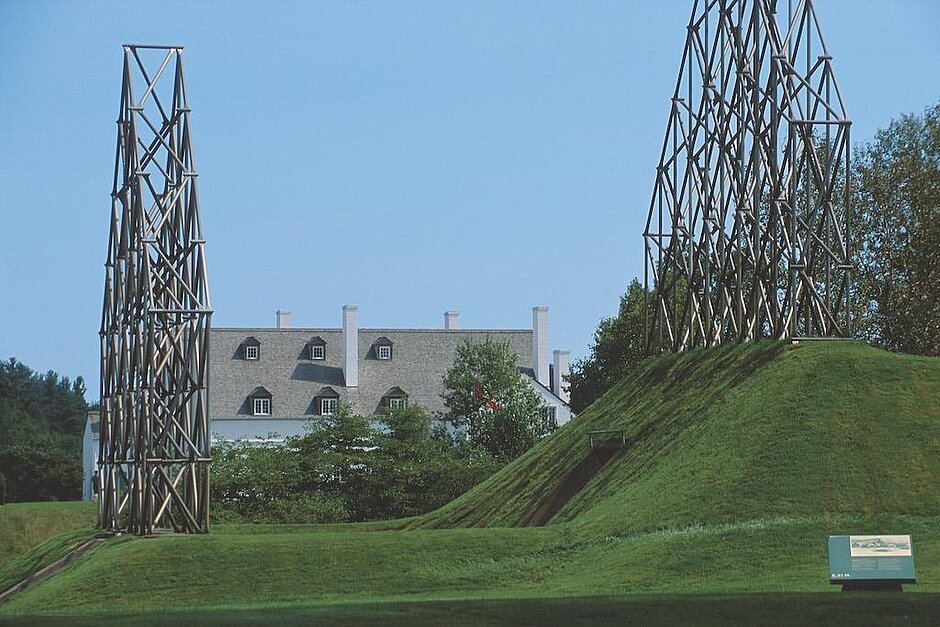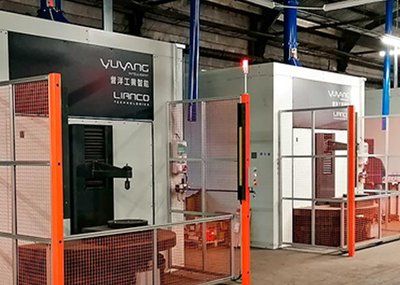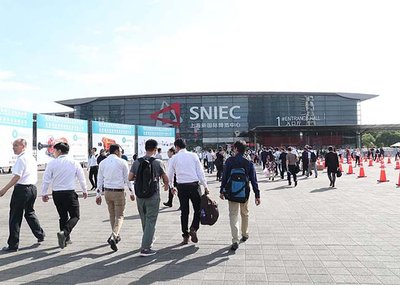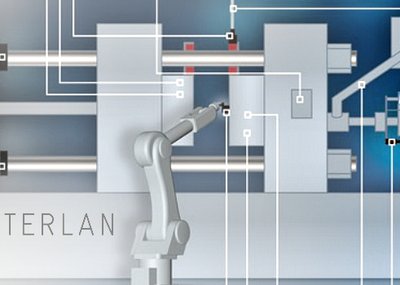Designed as a game, 1600°C Trial by Fire asks people to accomplish six tasks. First, they use motion sensors to activate characters on screen whose actions then mirror theirs. Then they follow the direction of the master founder and try to perform all the steps of the cast iron manufacturing process and see if they will be hired.
The nearly $430,000 project — a collaboration with Thinkwell Studio Montréal — is part of Innovative Solutions Canada’s testing stream. Thinkwell received funding to create and design the interactive experience, and Parks Canada updated the welcoming area of the blast furnace building to accommodate this new technology. The experience name refers to the temperature in Celsius that’s typically needed to forge.
The new experience “shows that technology and museology can come together to recreate atmospheres and revive certain little known aspects of history, thereby giving the past a future,” Foreign Affairs Minister François Philippe Champagne said in a news release, before a federal cabinet shuffle named him minister of innovation, science and industry.
Parks Canada administered parks and historic sites are the cornerstone of Canada’s tourism industry. The Forges is usually open from the weekend before Saint Jean Baptiste Day in June until Labour Day, but there is no word yet on how Covid-19 might impact the 2021 season.
The historic site is in the Maurice region near Trois-Rivières, between Montreal and Quebec City. The ironworks was built near a source of iron ore and operated from 1730 to 1883 for military and domestic needs while the fur trade, logging and agriculture ruled the economy. It turned out iron for shipyards and royal arsenals and then for Canadian railways.
“The most technically advanced ironworks in America in their first 100 years, the forges had long been obsolete when shut down in 1883,” notes the Canadian Encyclopedia, adding that the plant employed more than 100 specialized craftsmen and 300 to 400 labourers. The workers developed as a distinctive community and created Canada’s first company town.
The Forges became a national historic site in 1920 with the blast furnace at its heart. A “Grande Maison” — formerly the ironmaster’s house — holds exhibits about the industrial community. The original cellar showcases the cast-iron and iron products — like pots, pans and stoves — that were made here for more than 150 years.
There are usually tours with interpretive guides and a 20-minute multimedia show. The site is on the banks of a creek that flows into the Saint-Maurice River and has a nature trail and picnic tables.
The 1600°C Trial by Fire project is the first of several measures aimed at enhancing the experience provided at the Forges. Further investments are planned but haven’t been announced.
Source: Jennifer Bain, nationalparkstraveler.org






